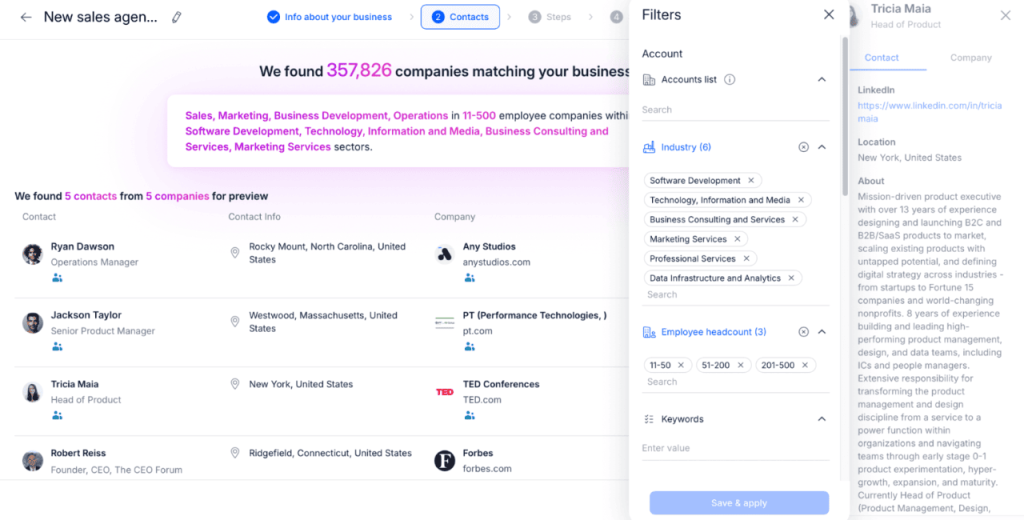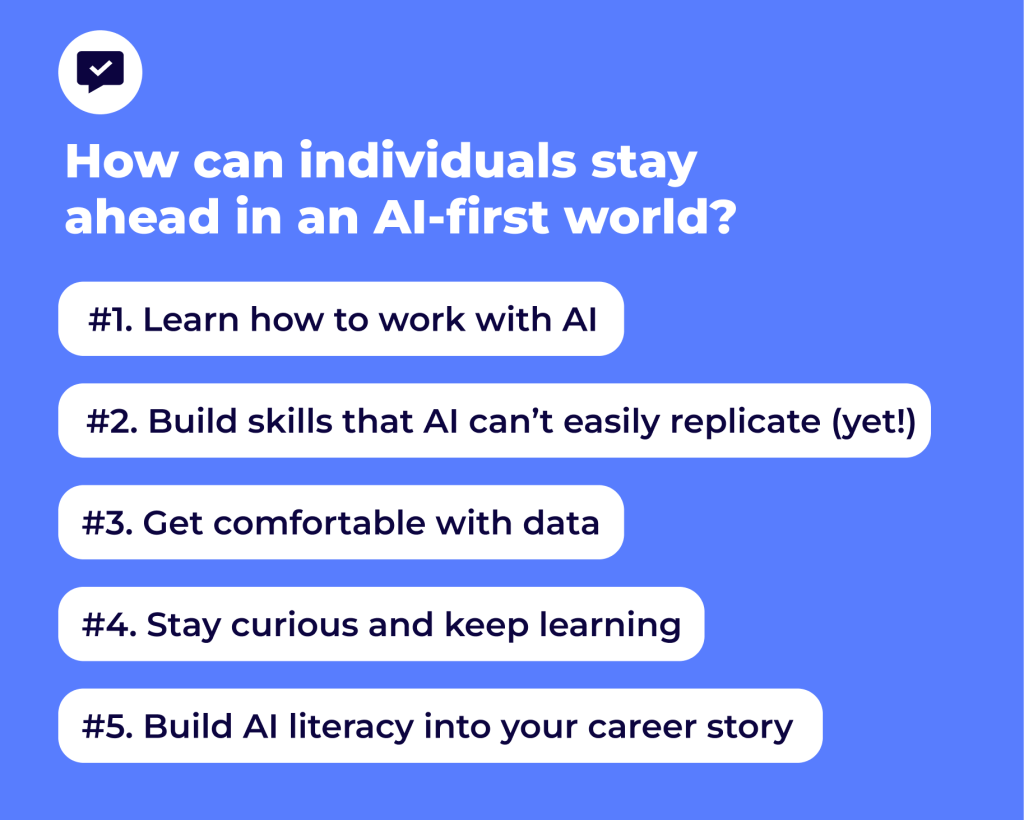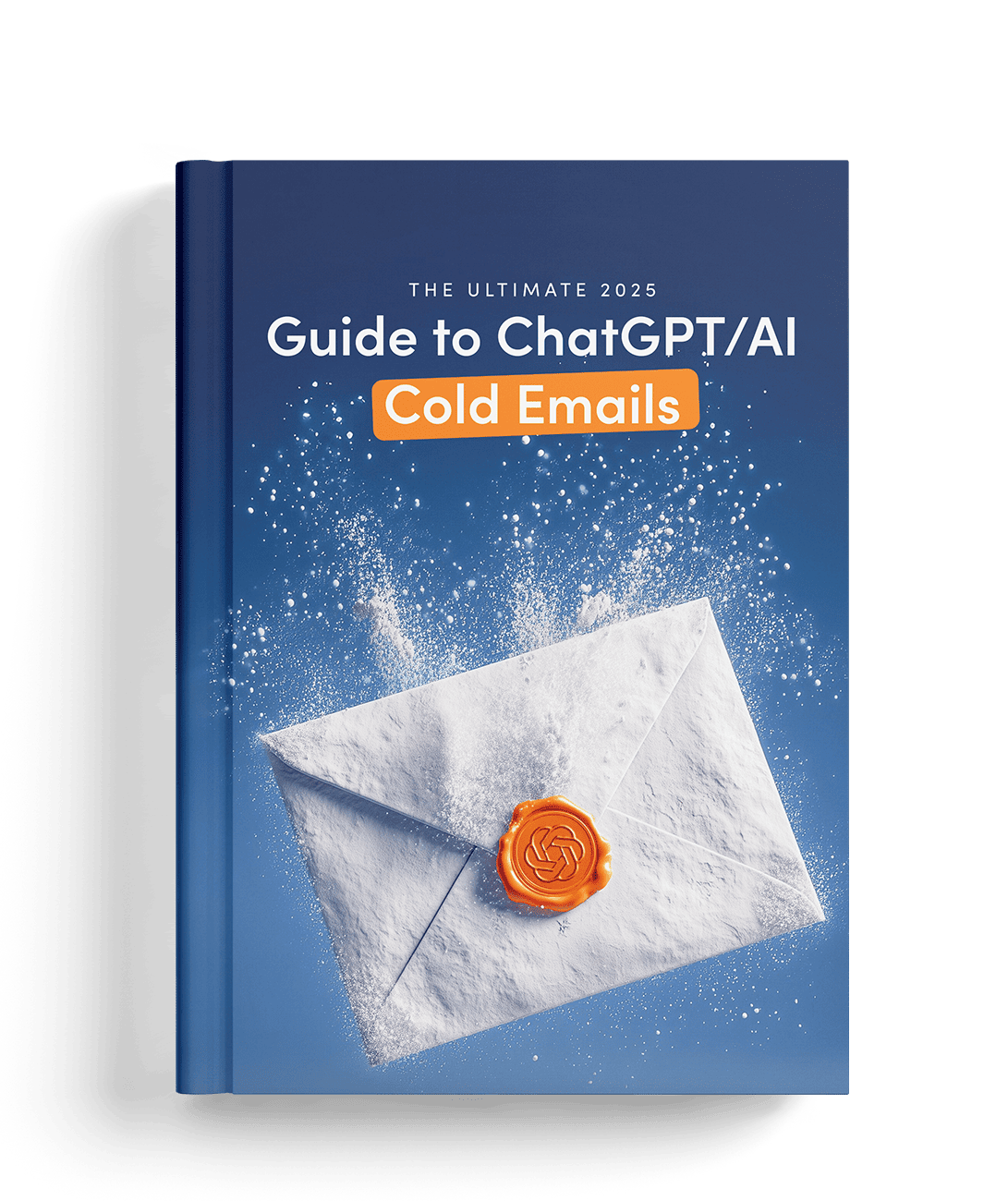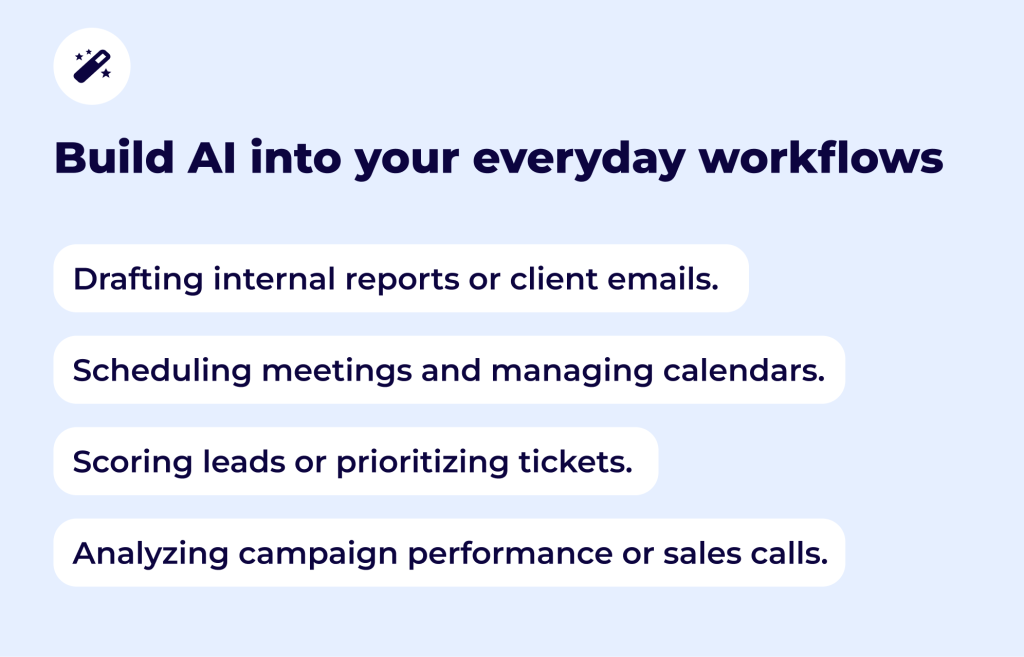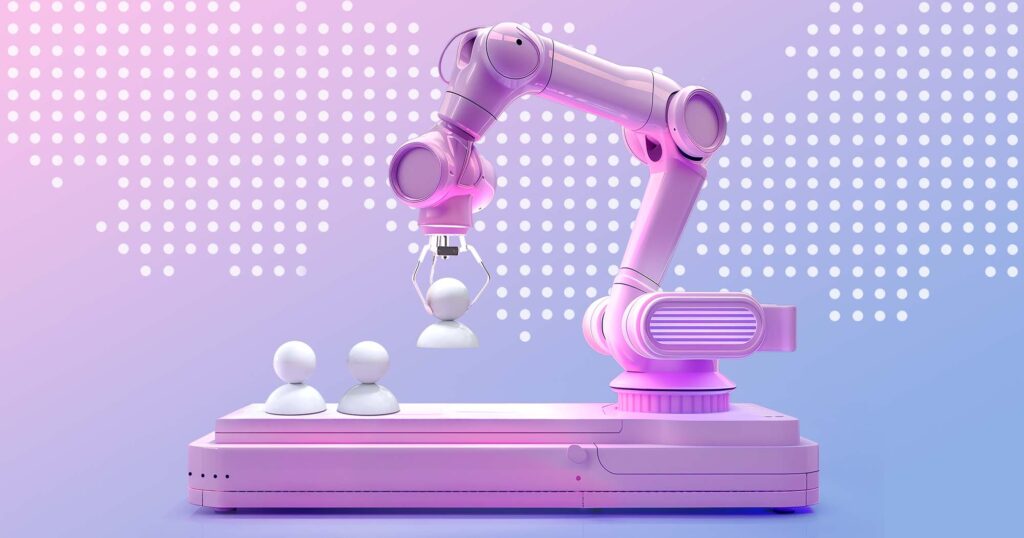AI is here …to stay.
And, it’s transforming the way we do things. Some people say it’s going to be as transformative as the Industrial Revolution or the internet boom.
The beauty of it is that, unlike a few years ago, AI is becoming more accessible.
Now, business leaders have powerful tools at their fingertips to optimize decision-making, automate processes, and drive sales with greater precision.
AI is also changing the future of work and, by extension, the employment landscape. A PwC CEO survey found that 7 in 10 CEOs expect generative AI to transform how their company creates value.
The question isn’t whether AI will change businesses, sales, and careers—it already has. The real question is: how ready are you for what’s coming next?
Let’s explore the AI transformation in business, sales, and careers and what you must do to stay ahead.
What does AI transformation really mean?
When you mention AI, the first thing that comes to most people’s minds is ChatGPT. But there’s more to AI driven digital transformation than using ChatGPT or any similar AI chatbots to write emails or business copy
AI transformation means using artificial intelligence to change your business’s operations from day-to-day tasks to big-picture strategy.
For example:
- E-commerce players can use AI to track customer behavior and automatically adjust product recommendations in real time.
- You can use AI to screen resumes, identify the best-fit candidates, and even predict which employees might leave based on work patterns.
- If you’re in sales, AI can help score leads based on their likelihood of buying and suggest the best next action to close the deal.
- Customer support teams use AI chatbots to solve simple problems in seconds
- Businesses can use tools like AI-powered CRMs and voice-to-text meeting summaries to boost efficiency without adding more headcount.
As a quick fact: AI transformation is not an overnight switch. So, start small. Pick one problem you want AI to solve. Get the right tools and your team on board. More importantly, train your team to use tools and interpret AI-generated data.
While you’re at it, make sure you build a strong data foundation from the get-go. After all, AI’s ability to deliver accurate and valuable insights is as good as the data you feed it.
What are the most critical problems AI is solving today?
The role of AI in digital transformation is far-reaching, touching virtually every aspect of business, sales, and careers. Let’s dig into the details.
How is AI changing how businesses operate?
Besides allowing businesses to do more for less, AI transformation is placing enterprises on the launch pad for growth, ready to scale.
Take campaign testing, for instance.
You no longer have to run an A/B test for weeks. AI can simulate outcomes or run multi-variable tests in real time. That way, businesses can find winning creatives faster and stop wasting money on underperforming ads.
Then, there’s brand listening.
With AI, businesses can monitor brand sentiment across various platforms and listen to what customers say. With this level of intelligence, brands can position themselves for growth and avoid costly messaging flops.
Lead scoring is another area where digital transformation AI is changing how businesses operate.
Most growing teams waste time chasing the wrong leads. Now, AI can qualify leads based on signals such as email engagement, website visits, and time spent on pricing pages. When your team knows who’s likely to buy, they can focus on deals that move the needle.
AI is also reshaping business operations through market research, customer segmentation, talent management, content generation, and more.
The result is more qualified leads, better conversions, and lower costs per sale—creating the kind of momentum every business needs to scale.
How is AI transforming sales teams?
AI-driven digital transformation is rewriting how sales teams operate.
It’s helping them find better leads, personalize outreach at scale, and engage buyers across channels faster than ever.
Case in point? Jason AI SDR.


